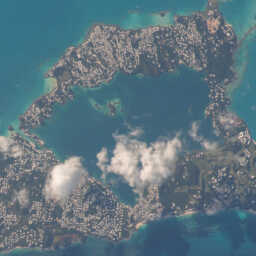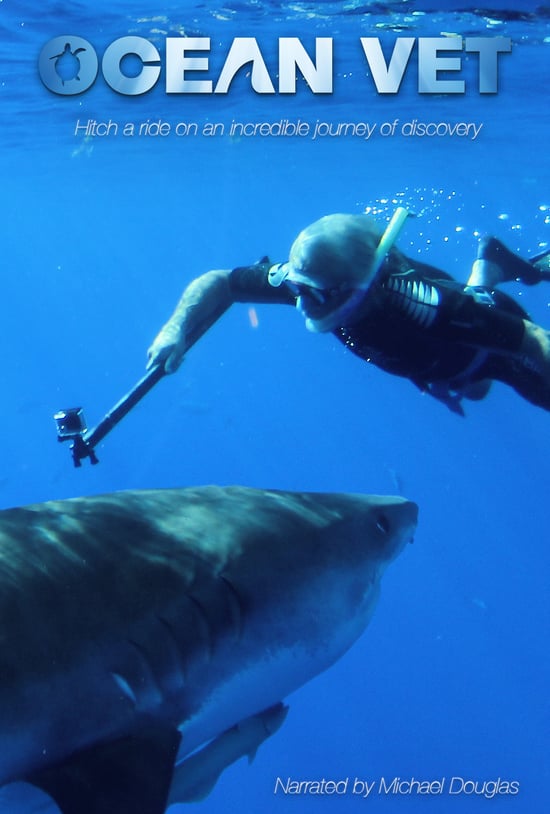Video Transcript
The story begins that, um, I was always around the water and fishermen, and always interested and liked to fish, like to clean it, like to eat it. And eventually, as I, um, I guess got into my early teens or so, they started, um, going fishing with the fishermen who would take me, because I cleaned fish and helped on the boat. And the story got around, it was well known, about when you went to the bank, which was a seamount to the southwest of Bermuda, that you couldn’t eat the fish livers, but the fish roe in the springtime was fine. And the story was on the fish livers, and it would always be a group of livers because they had the big livers, and if you ate one of them, the first story was a headache. And it was a headache like you’d never remember. I can remember getting it the first time I ate it. I didn’t believe anybody. And, um, I had this big group of livers and sat down, fried it all up, and had an absolutely marvelous supper. And in the early hours of the morning, I woke up with a headache. It was a headache like you couldn’t even believe. I’d never had anything like it before, like somebody put a big hose clamp around your head and kept tightening it up. And the only help was to go down and put your head in the refrigerator. Anyhow, after a while, the headache went away a day or two later, and the skin started to peel. That started right up at the hairline, it came all off my forehead, face, arms, whole body. And the real serious part was when it got to your hands. All the skin came off the palms of my hands, and it got just continuous pain. You couldn’t pick up anything. It was just like raw flesh. And then after it, it went down to the feet. And I guess it must have been two weeks before I could walk. I couldn’t put my feet on the bottom, on the deck, on the floor. And when all this, this was going on for several months. And the final thing was when my thumbnails dropped out. Then I lost all my fingernails. Then the toenails dropped out. And I guess it must have been a full year before I recovered to what I thought I should be. And it was something to do with the livers only. As far as I know, it’s only two liver cases, and he had the same reaction. First of all, headache, then skin and fingernails and toenails. And the real interesting part about this, if it’s, it’s roughly five miles between the top of the seamount and the top of the seamount that Bermuda’s on, the bank, which is separated by 500 fathoms, and then it comes up on Bermuda’s edge, as you call it, or the shelf that Bermuda sits on. And in those five miles, you can eat the livers. Matter of fact, I still eat them out of the big groupers with no bad effects at all. And five miles further out, on top of the seamount, whatever they get to eat would make the fish toxic. I don’t even like to clean them, touch them, when I’m cleaning them because of the memories of the past. And it’s something has to be in the diet, and it’s not natural for something to be in such—you can understand hundreds of miles or across a gulf stream or that, um, fish would be edible and poisonous on the other side of the stream. But that has always been a curiosity to me, is how it could be so definitely separated by such a short distance.
Do you think the fish migrate between the Challenger Banks and Bermuda?
Well, some do, I guess. Yeah, I was thinking more like the food migrates. The groupers, or coney, eat other fish, it’s on the bottom, it wouldn’t, they’re not pelagic, surface fish. And it is, that would be my non-scientific, just purely thinking, that how whatever would make the fish on the seamount, on the bank, toxic and not reach the Bermuda shelf. A lot of fish do migrate back and forth because, as far as fish migration, five miles is nothing. The ocean currents, by accident, when they could do it, but it’s very much there.
Quiz
coming soon …
The Challenger Challenge
One of the greatest unresolved mysteries that Teddy encountered in the waters around Bermuda related to the devastating symptoms experienced after eating Grouper livers from Challenger Bank. Livers from fish caught a few miles away off the Bermuda platform are perfectly fine. How can this be? Teddy found out the hard way that eating livers from groupers caught off the banks resulted in an incredible headache, followed by skin and nail loss.
Dr Eric Dewailly and Dr Philippe Rouja interviewed others who had experienced the same symptoms; symptoms similar to those experienced by early Arctic explorers after eating the livers of Polar Bears. The symptoms are consistent with those suffering from a super high dose of Vitamin A. Teddy, Eric and Philippe set out to study the vitamin A levels in the Bank’s Groupers.
In the years since Teddy experienced his symptoms the numbers of Groupers on the banks have been heavily depleted and they were unable to land any for sampling. They did however land a number of other fish with their samples containing extraordinarily high levels of Vitamin A. They published their findings in the Journal of Food Protection: Dewailly, E., et al (2010), Vitamin A Intoxication from Reef Fish Liver Consumption in Bermuda.
Teddy asked: What is the cause of this site-specific bio accumulation of Vitamin A and why does it remain unique and isolated the Challenger Bank?







































Comments